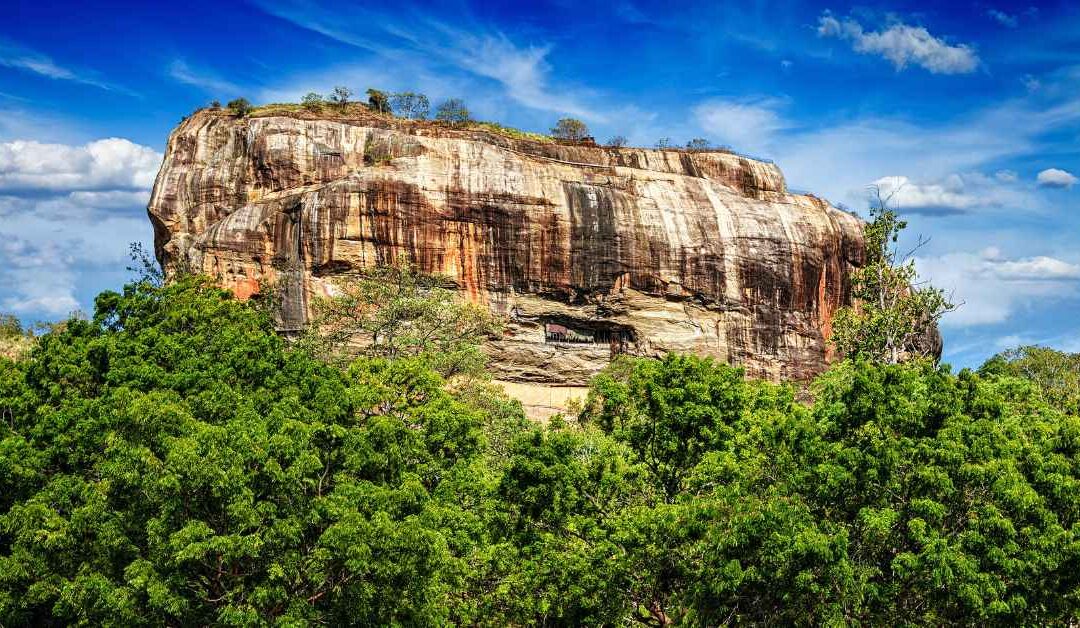Sigiriya, also called the Lion Rock, is a remarkable monument that highlights Sri Lanka’s rich history. This ancient rock fortress, a UNESCO World Heritage Site, rises dramatically from the plains and holds over 1,500 years of stories within its walls.
Sigiriya’s Historical Significance
Sigiriya is more than just an archaeological site—it’s a symbol of Sri Lanka’s heritage. Formed from the remnants of an extinct volcano, this geological marvel has inspired numerous legends. It is believed to have been both a royal residence and a monastic retreat, showcasing its multifaceted past.
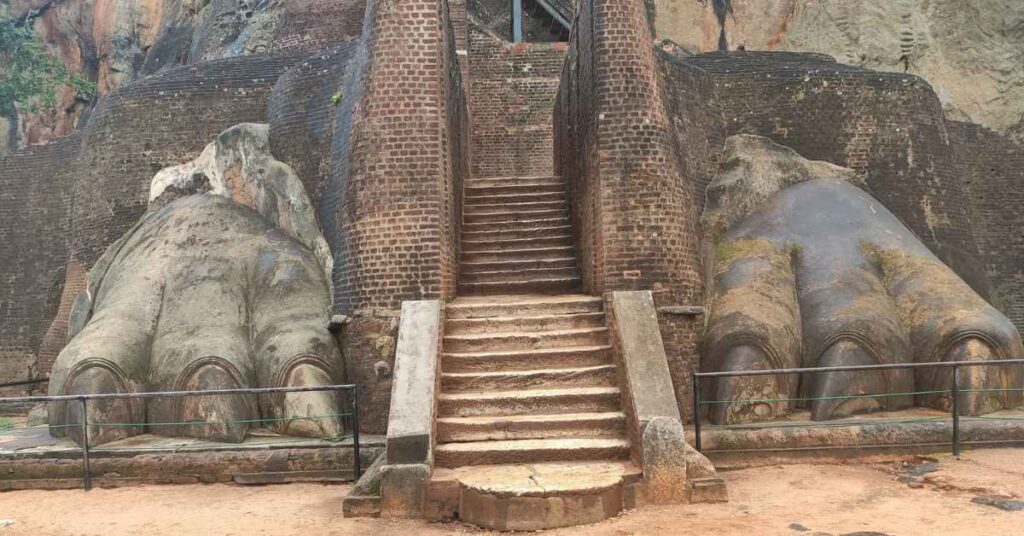
King Kasyapa’s Vision
At the heart of Sigiriya’s story lies King Kasyapa, a ruler whose controversial rise to power led him to create this fortress. Seeking refuge and dominance, Kasyapa transformed the rock into a palace that combined innovation and artistry. The site was both a defensive stronghold and a statement of his authority.
Architectural Achievements
Sigiriya’s design reflects an advanced understanding of engineering and aesthetics. The base of the rock features intricate water gardens, terraced landscapes, and irrigation systems that are marvels of ancient ingenuity. The climb to the summit takes visitors past pathways, staircases, and the iconic Lion Gate, where massive lion paws remain as a symbol of the site’s grandeur.
Cultural and Artistic Legacy
Sigiriya’s walls are adorned with frescoes that portray figures believed to represent celestial beings or royal attendants. These vibrant paintings highlight the artistic skills of ancient craftsmen. The Mirror Wall, once polished to a reflective finish, now holds inscriptions that provide insights into the thoughts and emotions of past visitors.
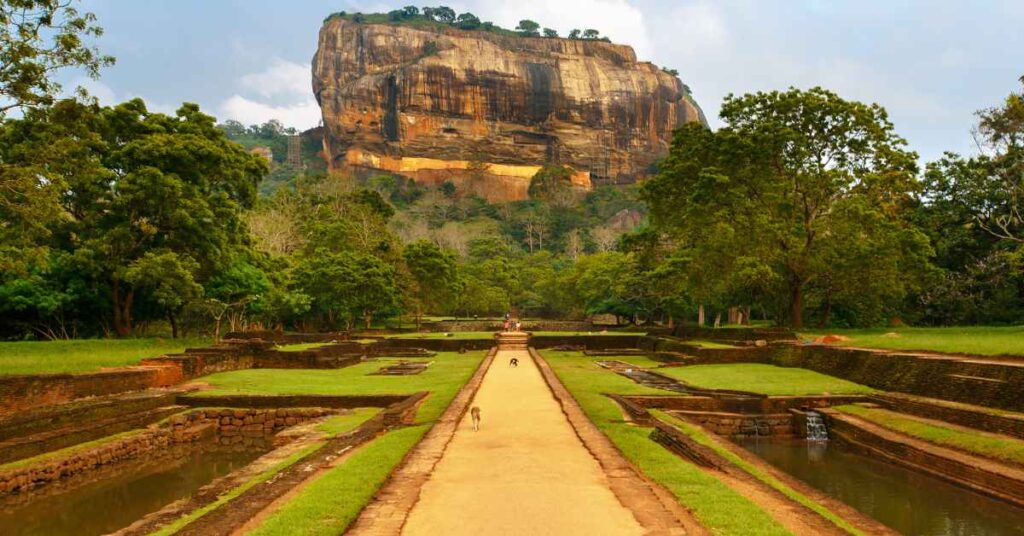
Historical Background
Sigiriya’s origins trace back to the 5th century, intertwined with King Kasyapa’s reign. It’s a place where history and culture converge, offering a glimpse into the lives and ambitions of ancient civilizations.
Foundations of Sigiriya
The rock is steeped in stories, with some myths describing it as the site of a heavenly palace, while others link its formation to volcanic activity. Regardless of its origins, Sigiriya stands as a symbol of resilience and creativity.
A Fortress with Purpose
Kasyapa’s choice of Sigiriya was strategic. The rock’s natural defenses and commanding views of the surrounding plains made it an ideal location. His vision turned it into a masterpiece of architecture, blending utility with elegance.
A Cultural Hub
In addition to being a fortress, Sigiriya became a cultural center. Its frescoes and inscriptions reflect the artistic and societal values of ancient Sri Lanka, leaving a legacy that continues to inspire admiration.
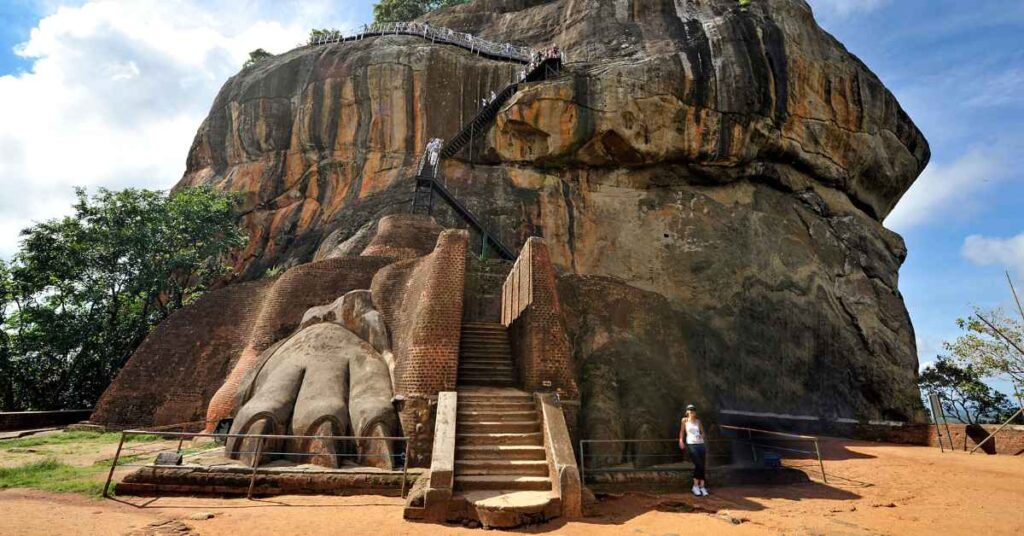
Architectural Highlights
Sigiriya’s structural design is a testament to the advanced techniques of its creators. From the terraced gardens to the summit, every element showcases a blend of functionality and beauty.
Water Gardens and Engineering
The base of Sigiriya features carefully designed gardens with ponds, fountains, and pathways. These demonstrate an impressive understanding of water management and landscaping that remains a subject of study.
Frescoes
The rock’s frescoes are a window into the artistry of the time. These detailed depictions of human figures offer insights into clothing, jewelry, and cultural norms.
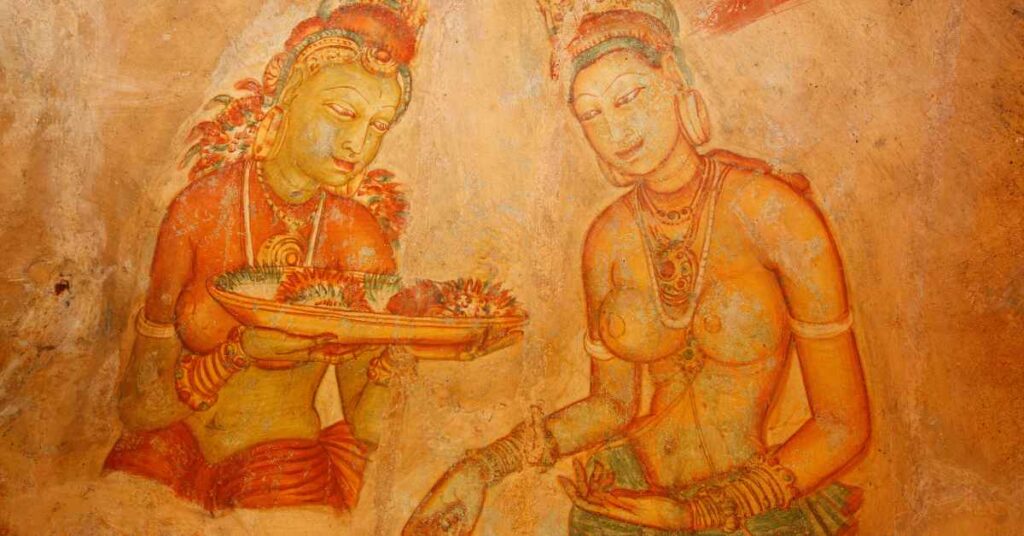
The Mirror Wall
The inscriptions on the Mirror Wall provide a human connection to the past. They capture the thoughts and admiration of visitors from various periods, offering a unique perspective on Sigiriya’s impact.
Lion Gate and Summit Views
The Lion Gate, marked by colossal lion paws, serves as a striking entrance to the summit. From the top, visitors are rewarded with panoramic views of the surrounding landscape, emphasizing the strategic importance of the site.
The Ascent to Sigiriya
Climbing Sigiriya is both a physical and historical journey. Each step unveils layers of the site’s rich past.
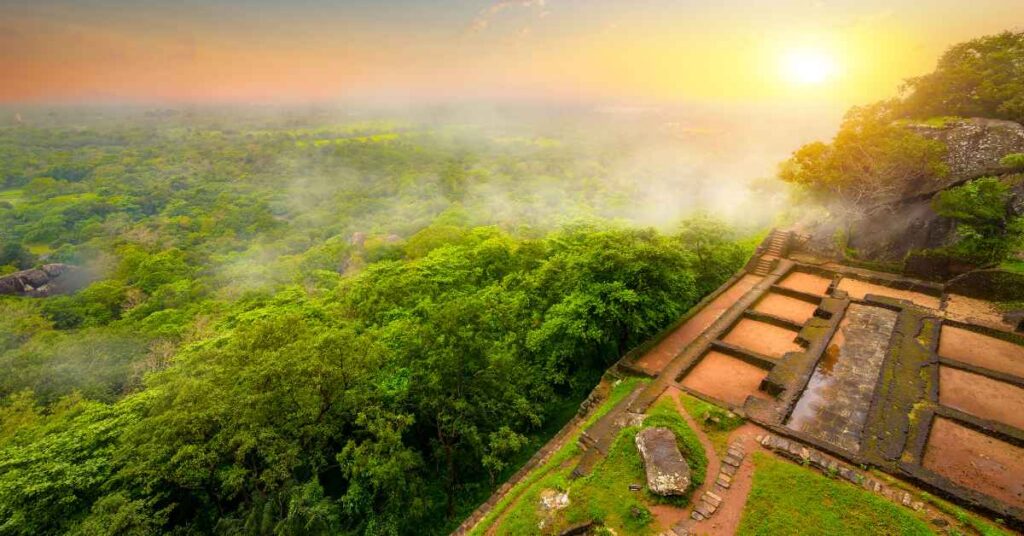
Terraced Gardens
The journey begins with the terraced gardens, where visitors encounter a blend of natural beauty and human innovation. The gardens reflect an era of careful planning and artistry.
Steep Pathways
The ascent includes staircases carved into the rock, bearing the marks of countless footsteps over the centuries. These pathways guide visitors through the history embedded in Sigiriya’s walls.
Lion Gate and Beyond
The climb culminates at the Lion Gate, a symbolic entrance that evokes the grandeur of Kasyapa’s vision. Reaching the summit offers a deeper appreciation of the site’s historical and cultural importance.
Artistic and Cultural Insights
Sigiriya’s frescoes and inscriptions provide a wealth of information about ancient Sri Lankan society.
Frescoes
These paintings are celebrated for their detail and color, capturing the essence of life and artistry during the time of Sigiriya’s prominence.
Inscriptions on the Mirror Wall
The writings etched into the wall add a personal dimension to Sigiriya’s history. They reveal the emotions and reflections of those who visited the site, creating a bridge between the past and present.
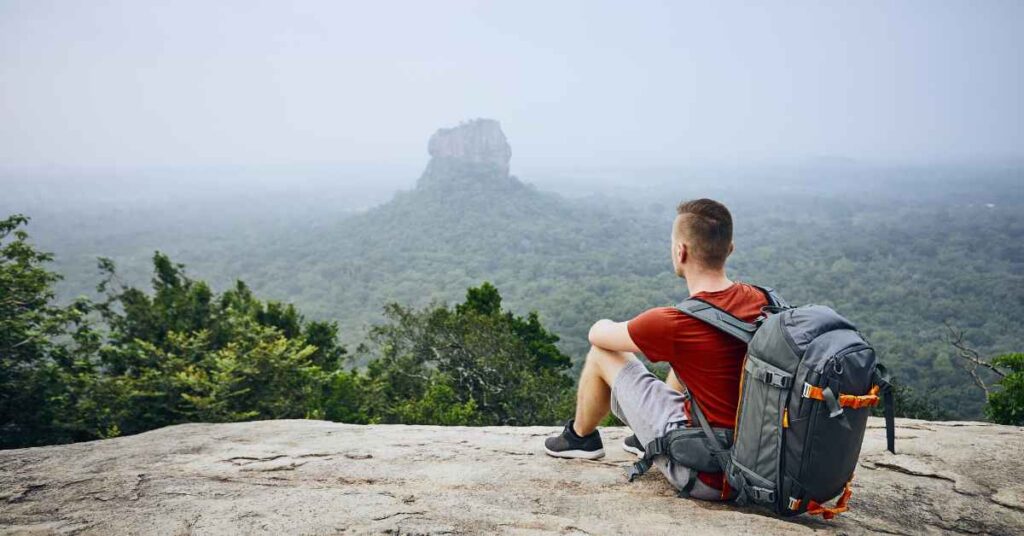
Preservation Efforts
Safeguarding Sigiriya is an ongoing challenge, requiring a balance between conservation and tourism.
Protecting the Site
Efforts include restoring damaged frescoes, stabilizing structures, and managing visitor impact. Collaboration between local authorities and international organizations ensures that Sigiriya remains accessible while preserving its integrity.
Addressing Modern Challenges
Environmental factors and increasing tourism pose risks to Sigiriya’s preservation. Sustainable practices and visitor education play key roles in maintaining the site for future generations.
Conclusion
Sigiriya, with its rich history and cultural significance, stands as a monument to human ingenuity and creativity. Its legacy continues to captivate those who visit, offering a timeless connection to Sri Lanka’s past. By preserving this treasure, we honor the craftsmanship and vision of those who shaped it, ensuring its stories endure for generations to come.
Read : Unveiling the Magnificence of Lotus Tower: Colombo’s Iconic Landmark in Sri Lanka

